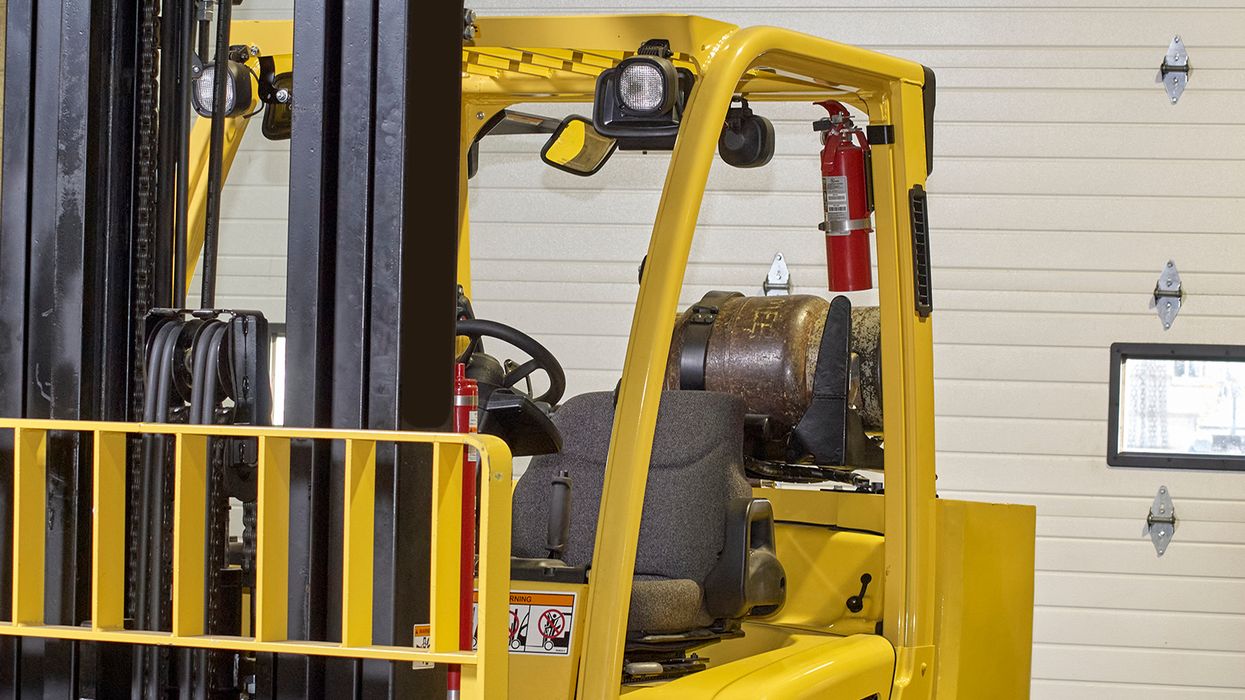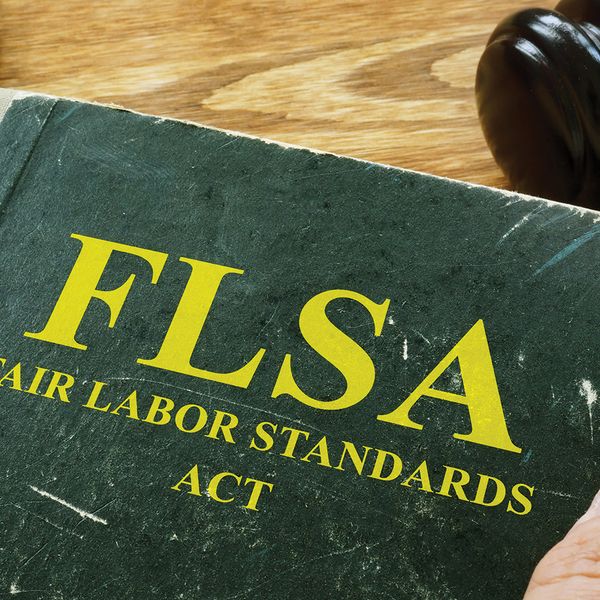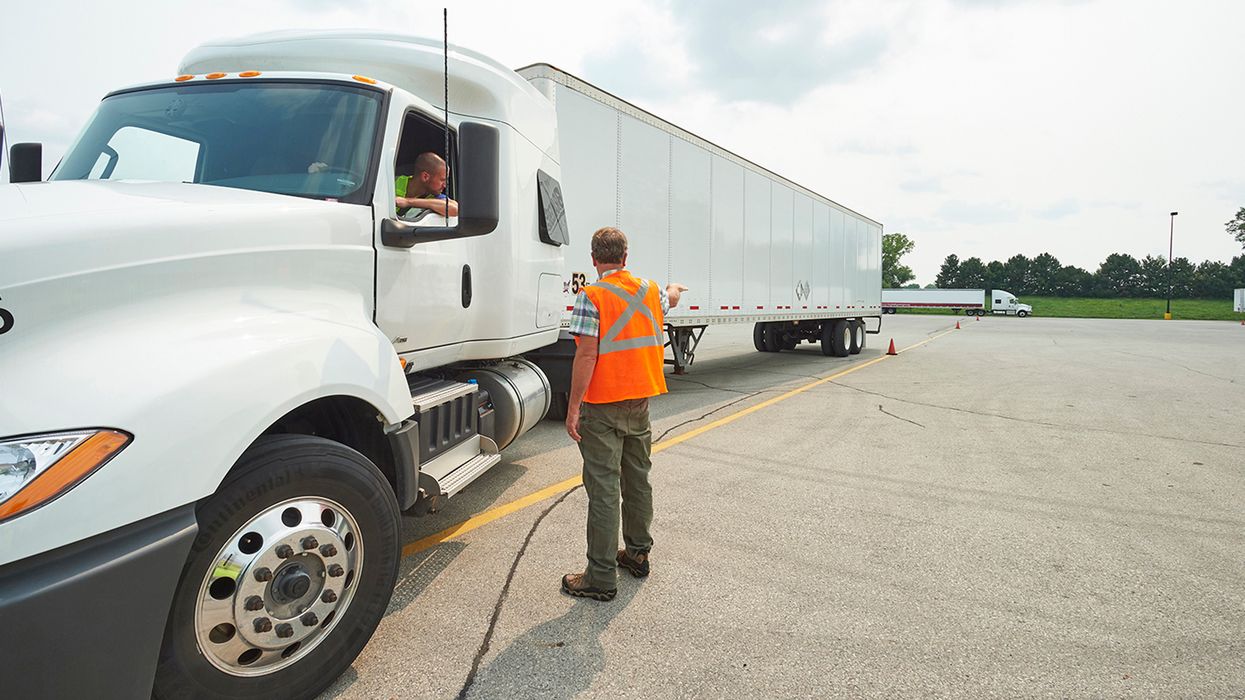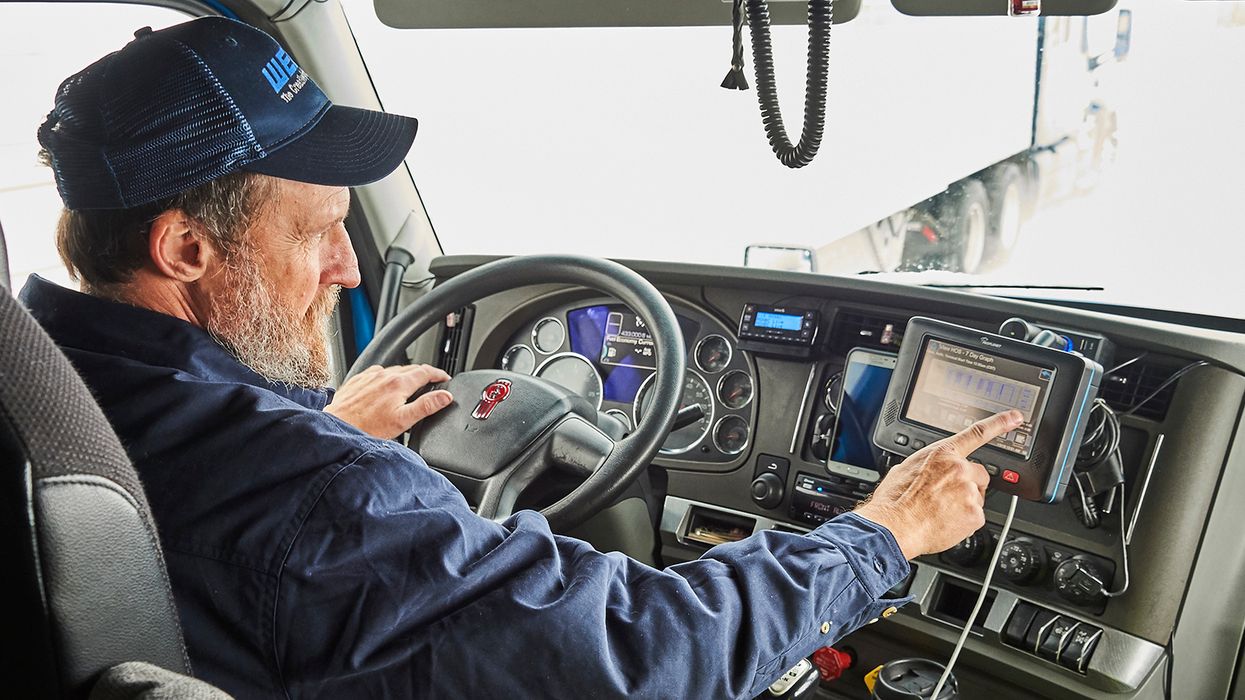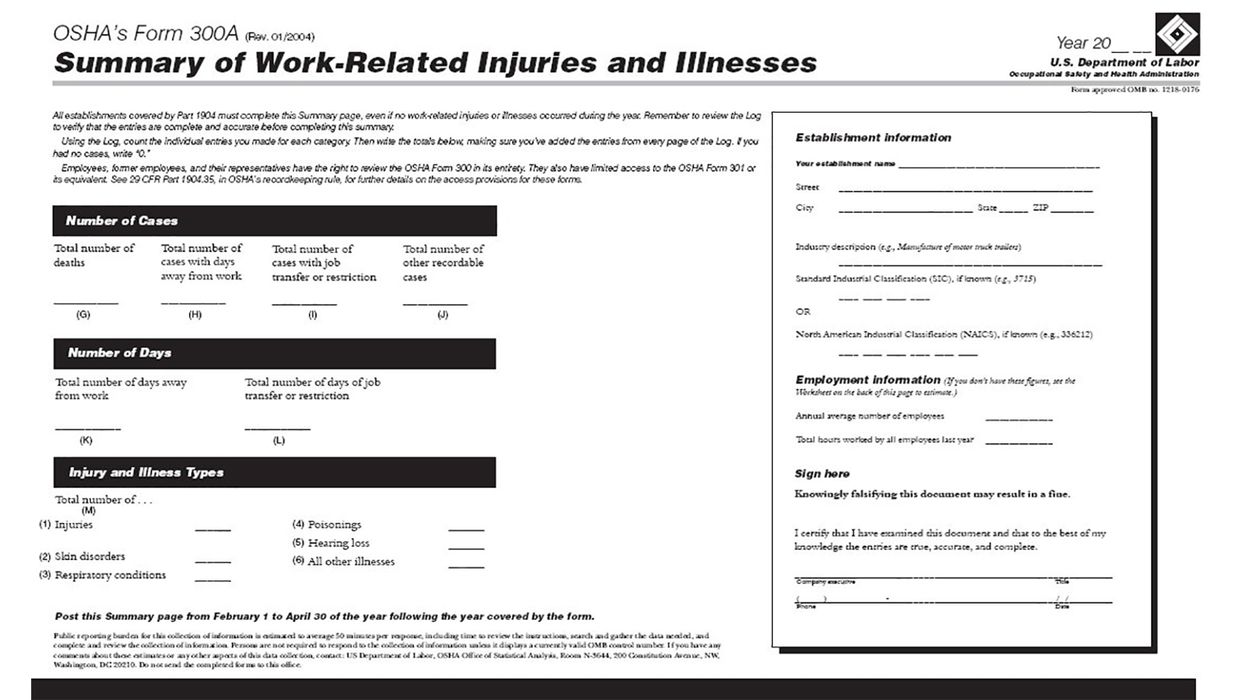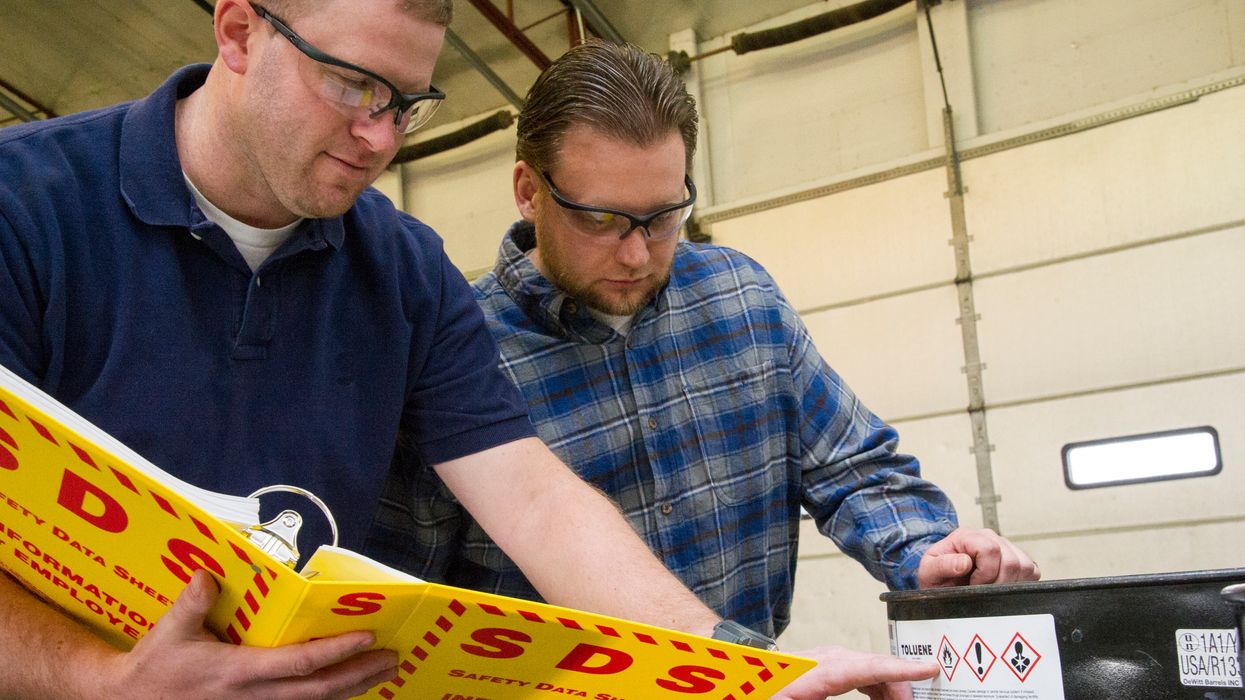Have kids working for the summer?
Charles Dickens was only 12 years old when he was forced to work in a shoe polish factory. While that was long ago when labor laws didn’t exist, U.S. child labor violations continue today despite regulatory oversight and lawsuits. According to the U.S. Department of Labor (DOL), driving a motor vehicle or forklift, for example, is a common child labor violation in today’s work environment.
Since unemployment is still low, employers might logically turn to hiring kids during the summer months to fill open positions. They must, however, remember that kids are prohibited by law from performing certain tasks that are hazardous and could cause them harm. Despite what many employers might think, child labor laws fall under the umbrella of the federal Fair Labor Standards Act (FLSA), not OSHA, as many might think.
The following places and types of work are off-limits for kids younger than18 under the federal Fair Labor Standards Act and its regulations:
- Meat processing and slicing
- Power-driven saw
- Power-driven woodworking machinery
- Compactors and balers
- Forklifts and skid-steers
- Logging, forestry, and sawmilling
- Power-driven bakery machines
- Working with metal
- Roofing
- Driving
- Explosives
- Demolition
- Mining
- Radioactive material
- Brick and tile
- Trenching and excavation
States can have laws that prohibit more duties or have more limits on how many hours kids can work. Employers must be aware of those, as well.
Make it stick
To help ensure that young employees do not operate hazardous equipment, employers may apply special stickers to the equipment to alert workers that no one under 18 years of age may operate the equipment.
This simple tactic can increase awareness of safety and violation risks to not only minors in the workplace, but also coworkers, managers, and supervisors.
Penalties can be expensive
The DOL uses a complex method for determining penalties based on the seriousness of the violation, such as if the employer had earlier violations, and if the violation was willful.
The DOL will assess civil money penalties per violation. If, for example, there are three separate violations relative to a child’s employment (such as two hazardous occupations orders violations and one recordkeeping violation), employers will be assessed three separate penalties, each of which can reach the statutory maximum.
Being assessed $10,000 per violation is not outside the range of possibilities.
Key to remember: While employers might have employees under the age of 18 for the summer months (and beyond), such employees are prohibited from performing certain tasks. Missteps can be expensive.

